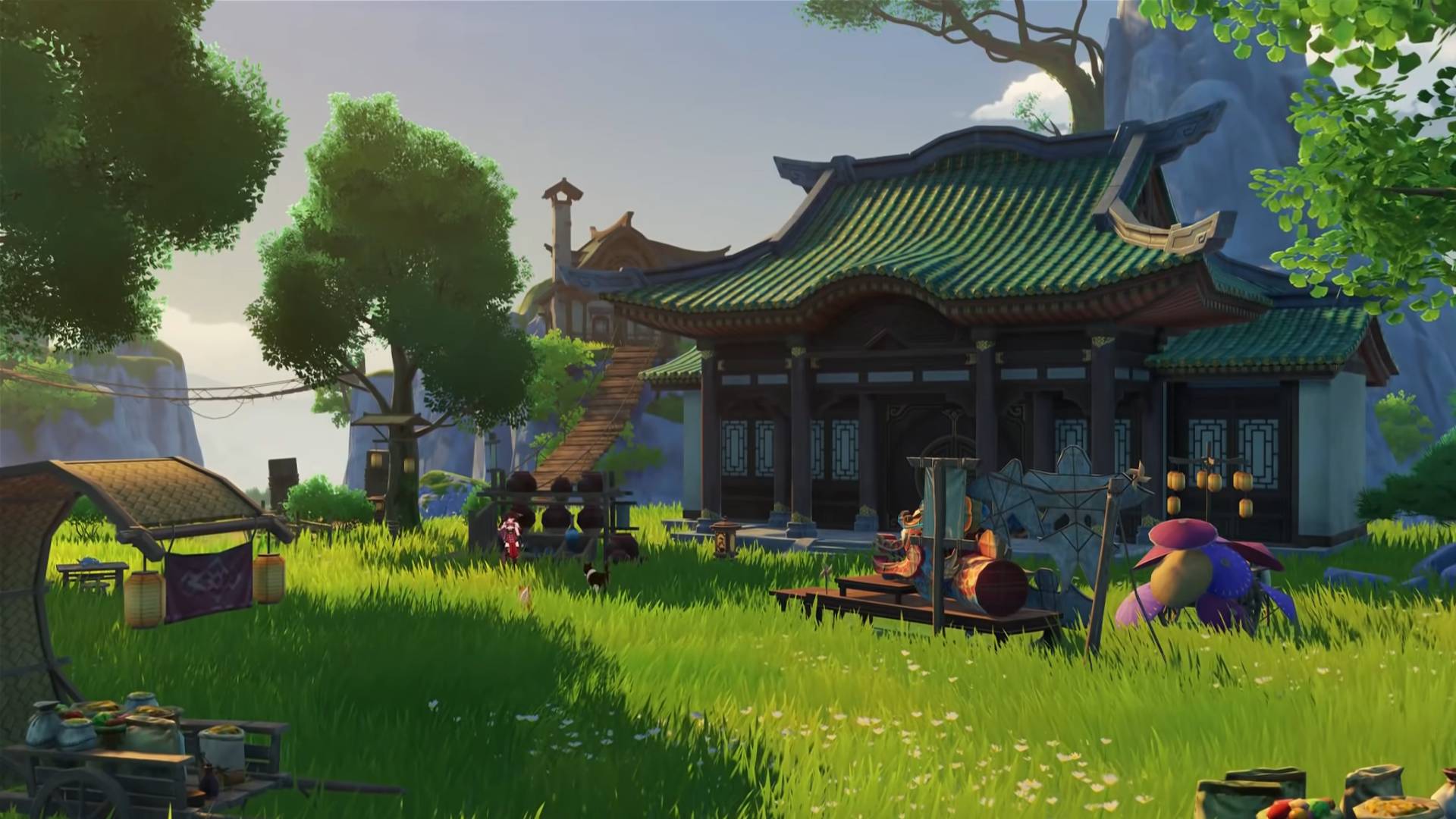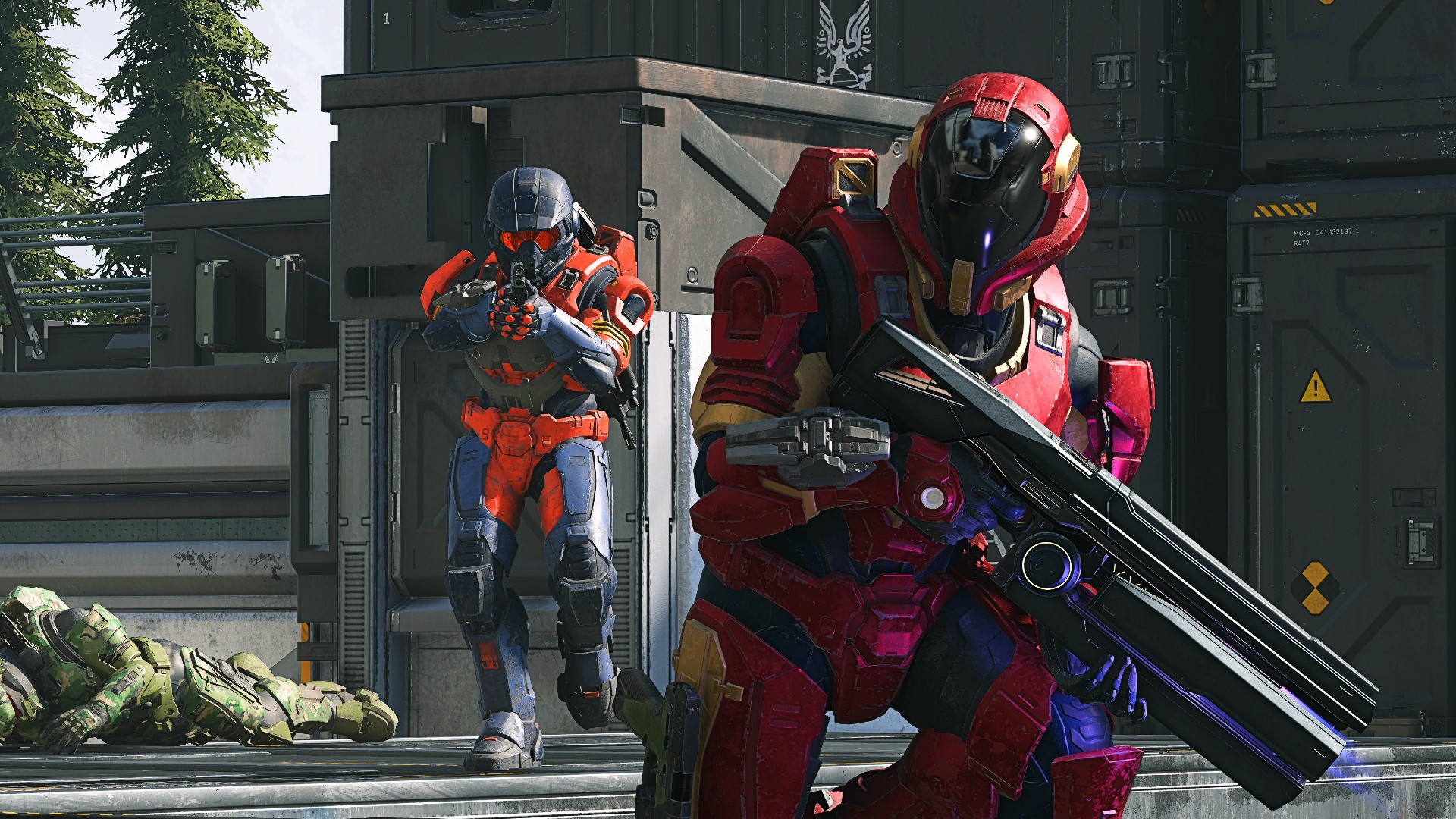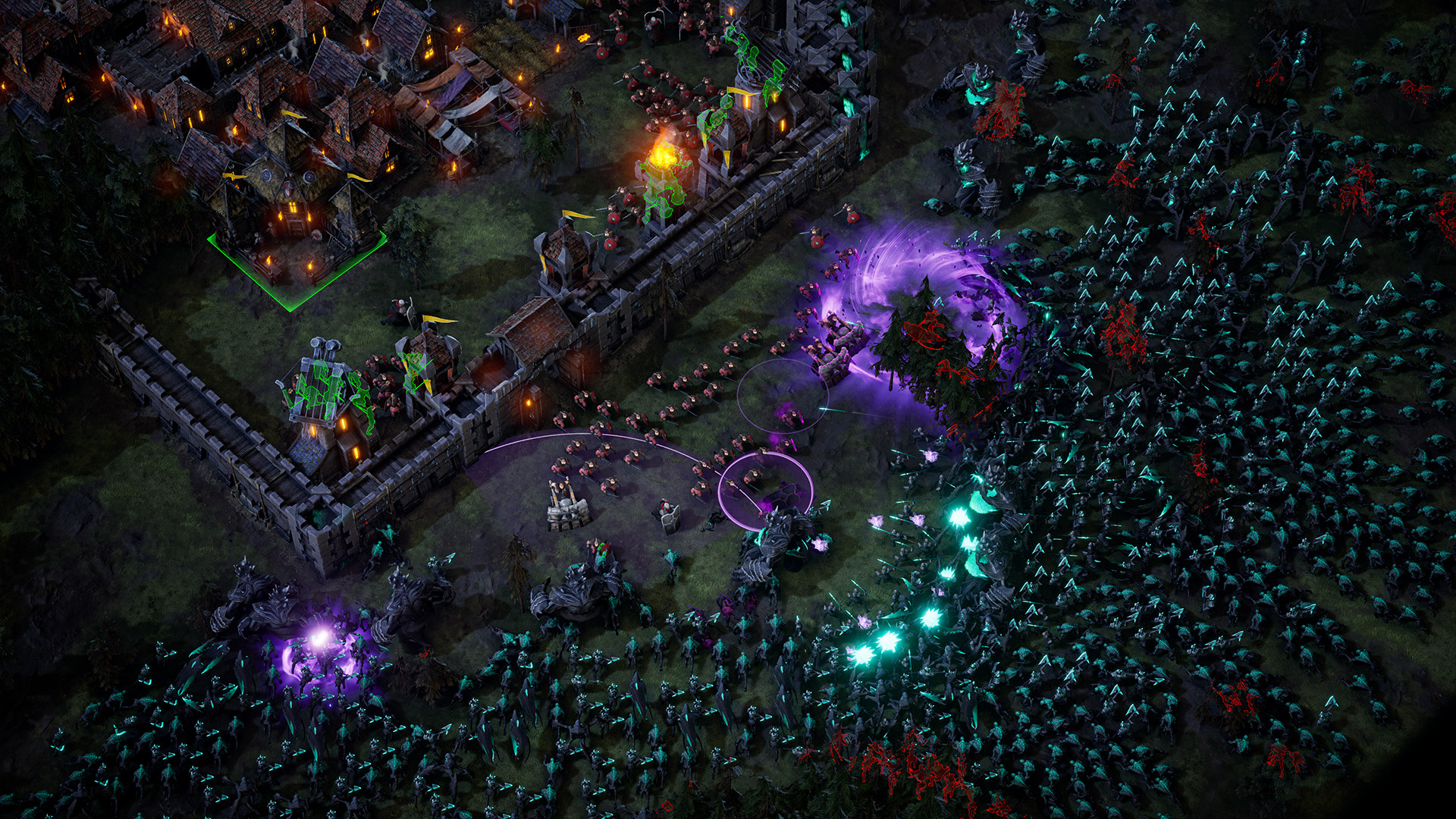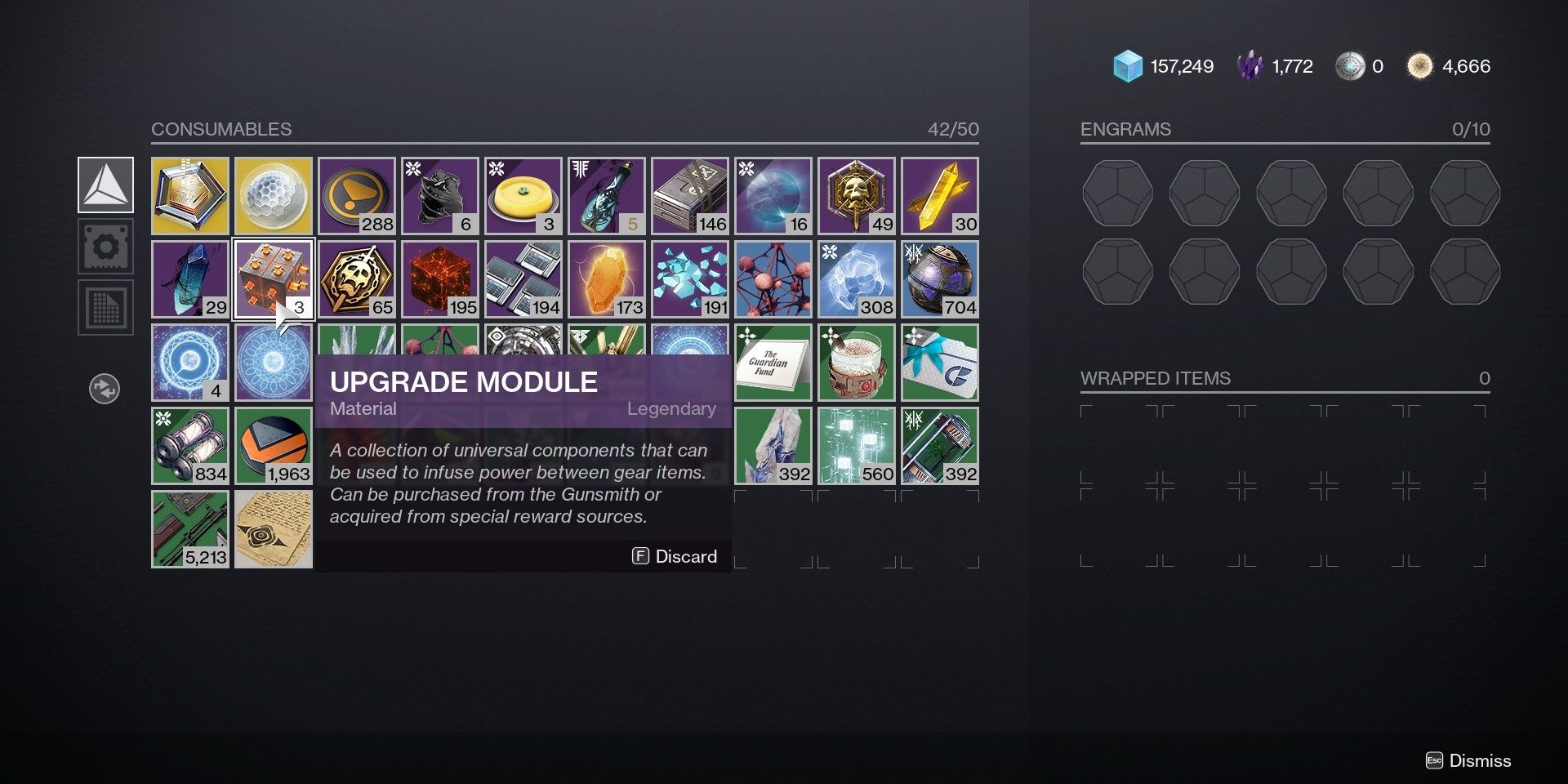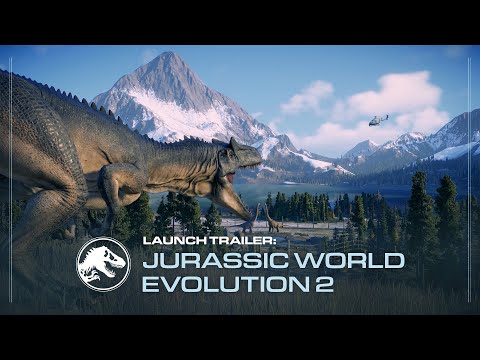
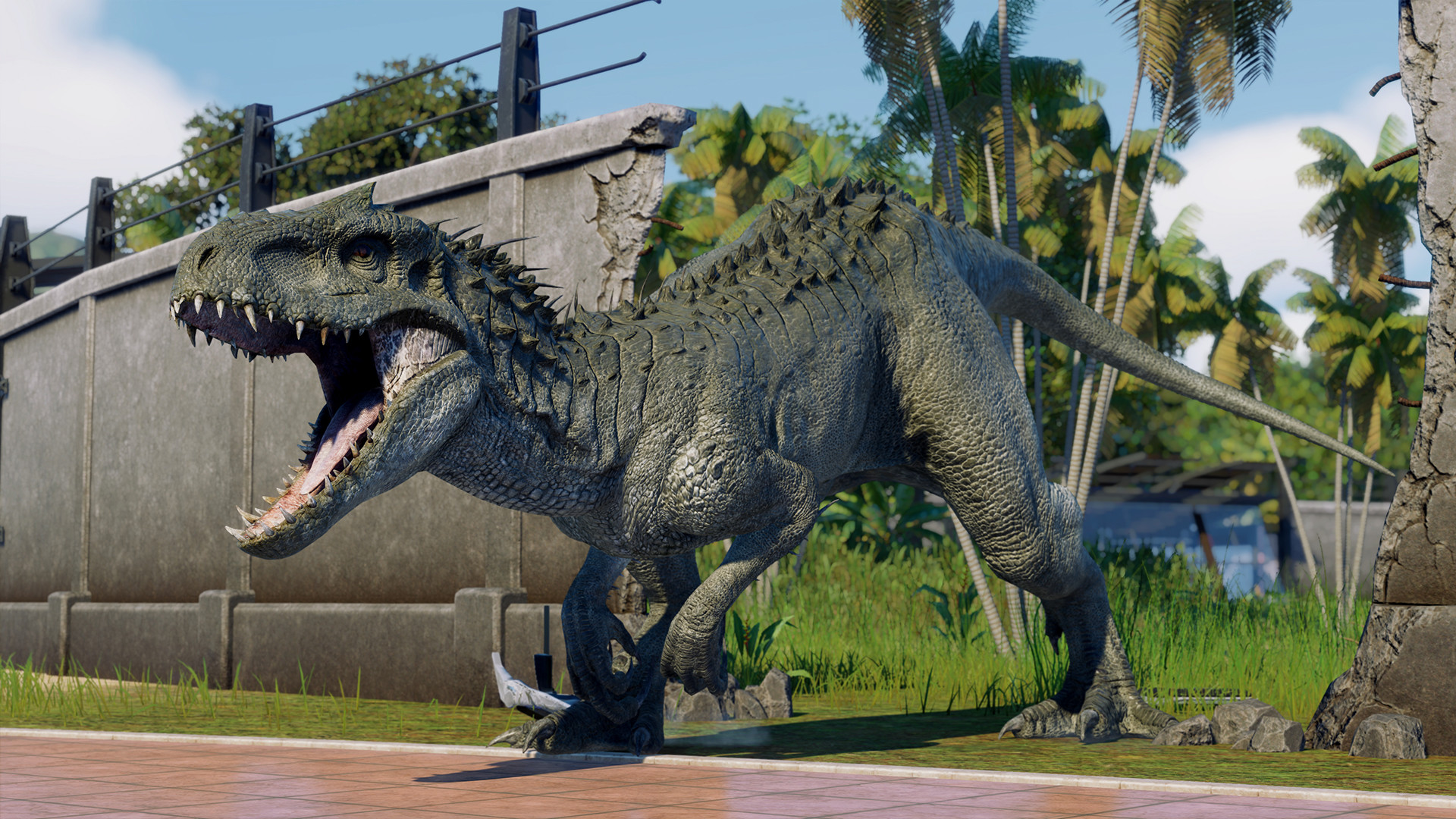
A mix of theme park and zoo simulator seems like the perfect Jurassic Park game but can this sequel improve on the flawed original?
It’s been almost three decades since Jurassic Park felt exciting. Hollywood may have built a financially successful franchise beyond Steven Spielberg’s 1993 classic, but each subsequent film has felt like a gradual descent into soulless popcorn fodder. As such, the wonder of dinosaurs feels stuck in the 1990s – a time where Dino Crisis and Turok briefly placed the reptile beasts next to zombies and Nazis in the premier tier of gaming villains.
Dinosaurs have barely featured in games in the 21st century (unless you count the robots in Horizon Zero Dawn), yet the main outlier – and best thing to come from the movie franchise reboot – was Jurassic World Evolution. As a management sim in the same vein as theme park construction titles like RollerCoaster Tycoon, it was the perfect marriage of genre and license – marred only by some rough edges and repetitive design.
The sequel, from the same developer, is the logical, refined upgrade you’d hope for. All the affection for the Jurassic Park licence and dinosaurs remains intact, this time supported by systems which make Jurassic World Evolution 2 a more compelling, robust and rewarding experience than before.
If you’re unfamiliar with the original, Jurassic World Evolution is basically a crisis management simulator. Like other games in the genre, your main goal is to build an attractive and stable park for your guests, ensuring there’s basics like shops, toilets, hotels, and attractions to keep the business ticking over at a profit. There’s greater customisation in the sequel, so you can alter the kinds of items your shops sell, or adjust their appearance based on the aesthetic you’re after.
As you might expect, Jurassic World Evolution’s main selling point is managing the dinosaurs themselves. When you’re not deciding whether to sell doughnut or steaks you’re hiring scientists to venture on expeditions for fossils, extract DNA, modify genomes, and incubate dinosaurs to boost your park’s appeal. There are over 75 different species in the sequel, including flying and underwater creatures (which aren’t technically dinosaurs), which all have their own personality and preferences you have to accommodate, to prevent them from causing havoc.
It’s rewarding when you’re familiar with the living requirements of a species. It’s not as straightforward as scattering trees for herbivores and meat for carnivores (although the latter are much less fussy, albeit more aggressive), you have to plant specific foliage to generate fruits or nuts, or create specific environments like forest, rocks, or sand areas tailored to their liking. Fail to do so and their comfort level drops, leading to agitation and dinosaur breakouts.
The game offers a certain level of satisfaction in maintaining a prosperous park, but it’s equally enjoyable to watch everything go south. Adverse weather conditions, like sandstorms or thunder, and bouts of disease can quickly flip the script against you. When a dinosaur escapes, you can also take direct control with ranger cars or helicopters, to chase them down with tranquiliser darts, as the action zooms in on the fleeing masses running for shelters before a velociraptor pounces.
This sequel bolsters the core gameplay with quality-of-life improvements and more mechanics to consider. The act of building enclosures feels easier thanks to smarter shortcuts, and you can now speed up time to accelerate the action when you’re waiting for tasks to be completed. The landscapes are also more open in comparison to the first, enabling greater freedom in how you design and assemble your parks.
There’s also added emphasis on the wellbeing of your scientists, who require rest to refresh a cooldown meter when you’ve exhausted them on too many expeditions. As a result, Jurassic World Evolution 2 feels more well-rounded in its management features, as you juggle between the park guests, those you employ, and the dinosaurs you release.
If that all sounds overwhelming, Jurassic World Evolution 2 does a better job of rolling out its mechanics across different modes, even if it’s oddly signposted. The campaign is misleading in that it’s essentially a glorified tutorial with only five missions, teaching the basic components of capturing, releasing and taking care of dinosaurs.
Weirdly, it’s dressed up as a continuation of Jurassic World: Fallen Kingdom’s story, where the dinosaurs freely roam in the US. This setup and the fact it’s labelled as the ‘campaign’ raises expectations for something more substantial, but it’s disappointingly thin and forgettable.
Like the first game, Jeff Goldblum and Bryce Dallas Howard reprise their roles from the movies, but their inclusion is undermined by the poor replacement voice actors for the rest of the cast. Chris Pratt might be snapping up every voice role from Super Mario to Garfield, but his absence is sorely missed here – even if the cringey dialogue written for his character feels pretty unsalvageable, no matter who speaks it.
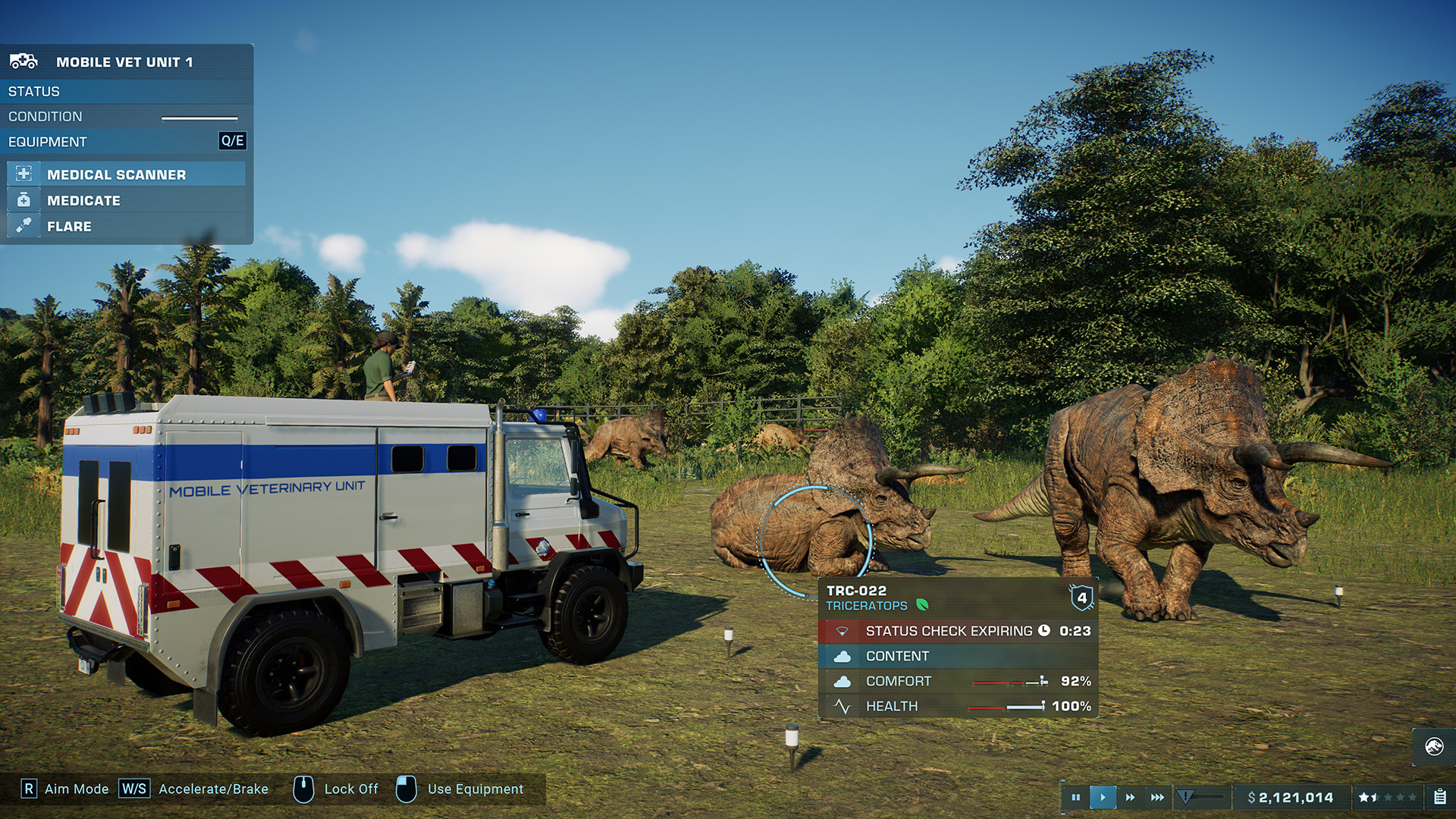
The real campaign, and best new addition, is Chaos Theory mode, where you build parks in what if? scenarios from across the franchise – including the original Jurassic Park, the San Diego site from sequel The Lost World, and the bustling theme park in the first Jurassic World. The main gameplay remains generally the same but each scenario presents its own challenges to keep things fresh. There’s great nostalgia beats too, like opening Jurassic Park’s gates for the first time under the swelling score.
With five different scenarios representing each film, with each taking a few hours to complete, Chaos Theory is the real story-driven heart of Jurassic World Evolution 2. It also doubles as a tutorial for many of the park building mechanics, like devising park tours, upgrading park revenue streams, and ensuring your guest amenities are properly space out.
More: Games news
Jurassic World Evolution 2 review – dinosaur tycoon refined
Shin Megami Tensei 5 review – Persona from Hell
Rockstar reveal missing songs from GTA: The Trilogy remasters
Your progress across these modes, including a more conventional Challenge mode, unlocks parks, dinosaurs, buildings, and cosmetics for use in sandbox mode, where you’re free to create any kind of park you like. While there’s greater variety in the amount of buildings and structures in this sequel, the drive to incubate and release the different types of dinosaurs is, rightly, still the main focus. It seems like there’ll be DLC to come too, with a glaring blank space in the Chaos Theory menu pointing towards a Jurassic World: Dominion option once the movie comes out.
With only a few minor setbacks, Jurassic World Evolution 2 is exactly what you’d hope for from a sequel. It’s expanded the options, refined its systems, and manages to evoke nostalgia for even the most maligned Jurassic Park films. It might not be the most sophisticated park building sim out there, but this is easily the best Jurassic Park game ever made.
Jurassic World Evolution 2 review summary
In Short: A bigger and better sequel which works as both a compelling management sim and a celebration of the Jurassic Park franchise.
Pros: Chaos Theory mode is a great addition. Quality-of-life improvements boost the experience significantly. More complex mechanics and graphically very impressive. Dinosaurs.
Cons: Campaign mode is basically a short tutorial. Replacement voice actors and script are super cringeworthy.
Score: 8/10
Formats: PlayStation 5 (reviewed), Xbox One, PlayStation 4, Xbox Series X/S, and PC
Price: £49.99
Publisher: Frontier
Developer: Frontier
Release Date: 9th November 2021
Age Rating: 16
By Adam Starkey
Email gamecentral@metro.co.uk, leave a comment below, and follow us on Twitter.
MORE : Talking to Jeff Goldblum about Jurassic World Evolution 2 – ‘I dig it’
MORE : Jurassic World Aftermath review – a VR game 65 million years in the making
MORE : Jurassic World Evolution review – fossil fuel
Follow Metro Gaming on Twitter and email us at gamecentral@metro.co.uk
For more stories like this, check our Gaming page.

